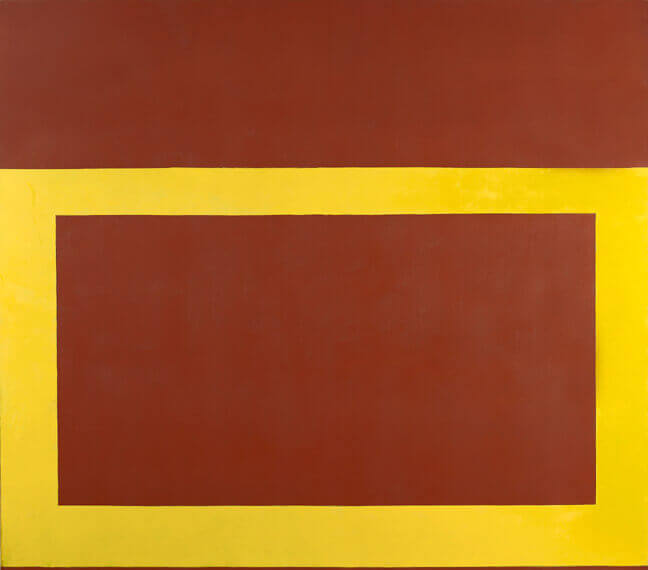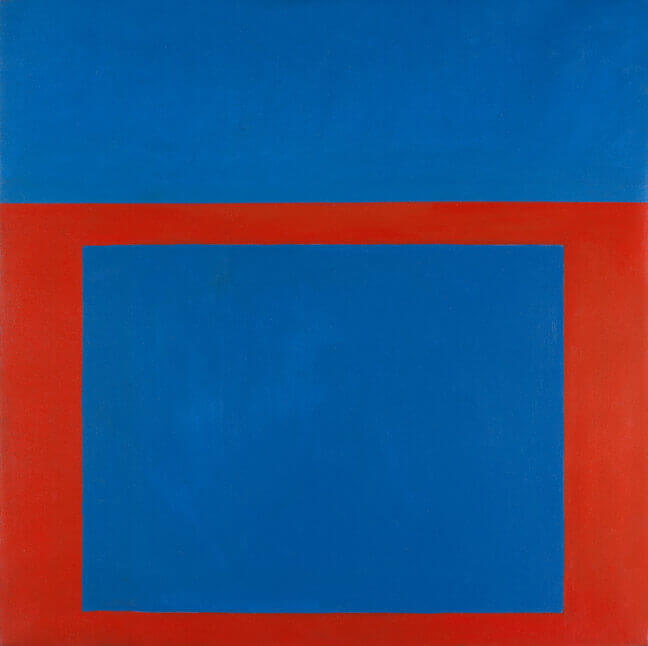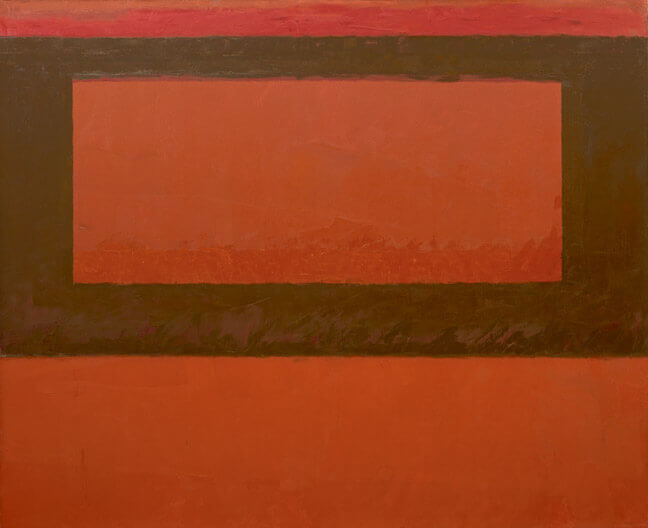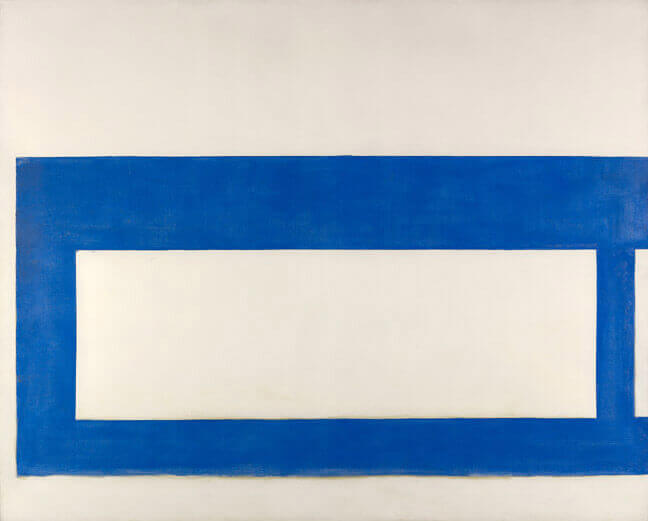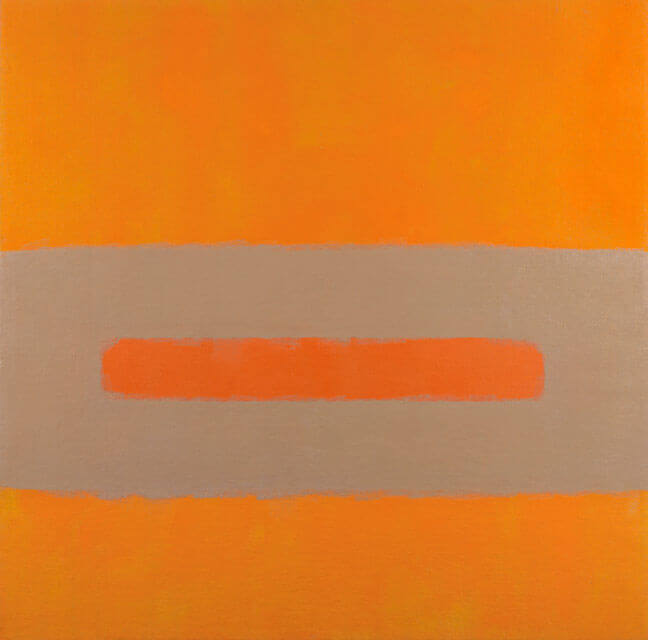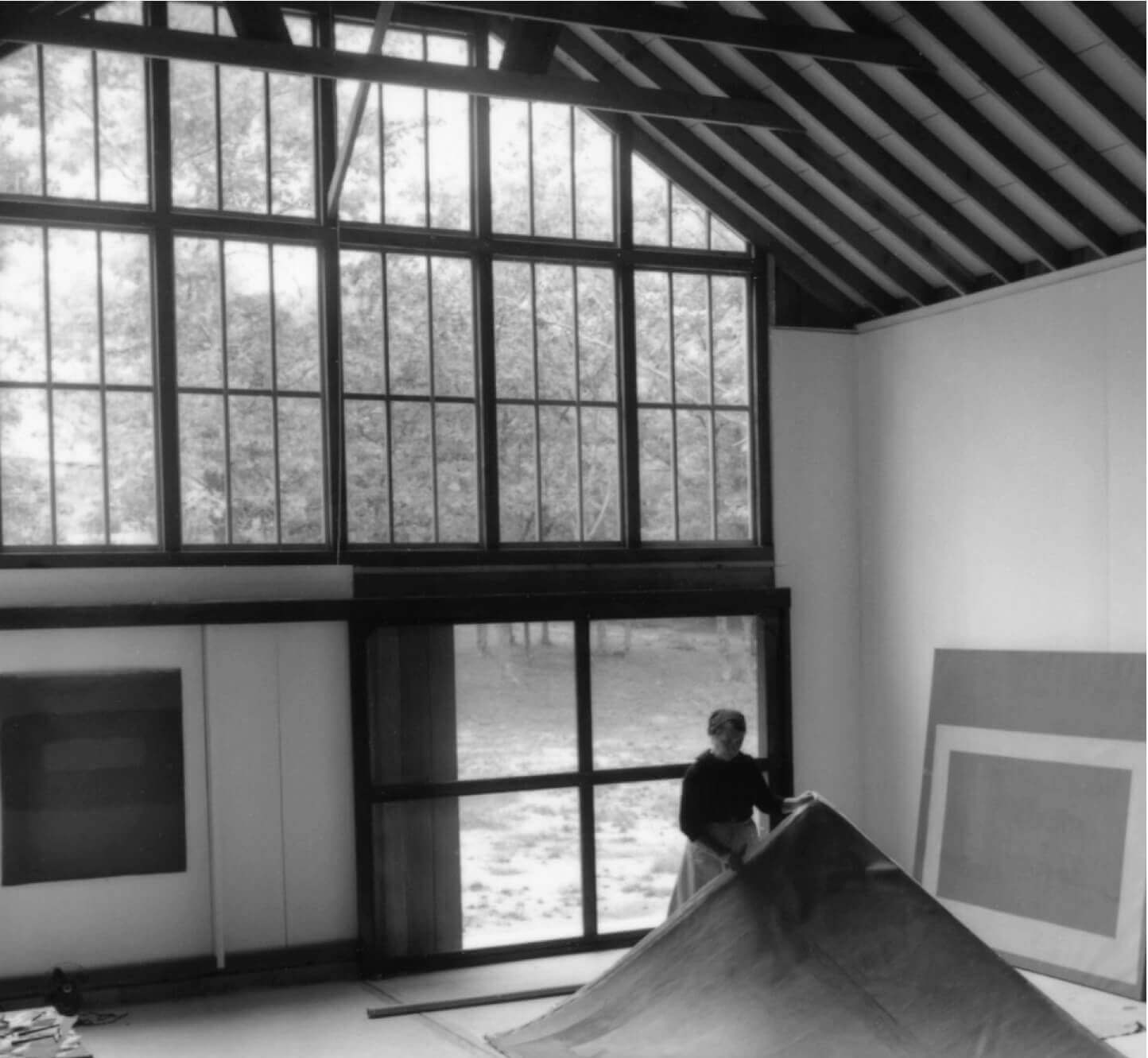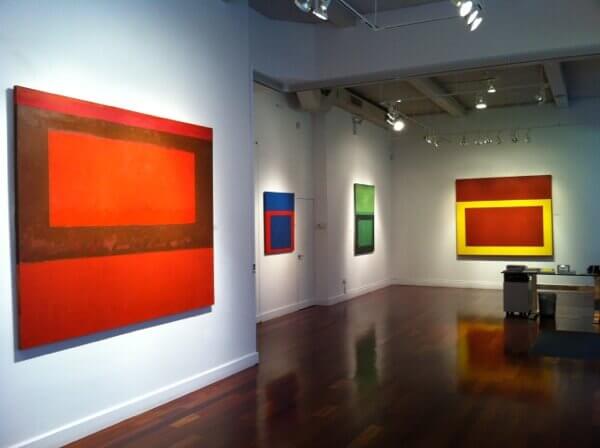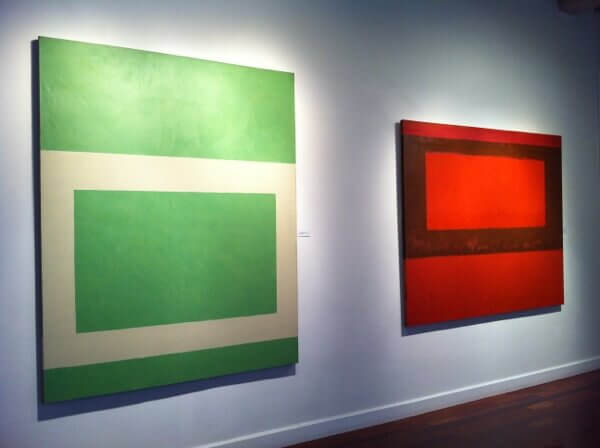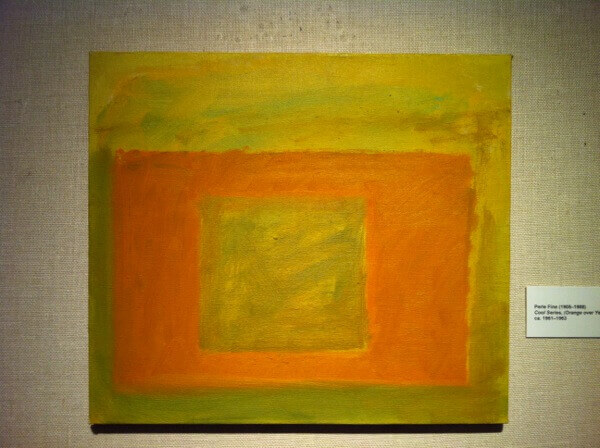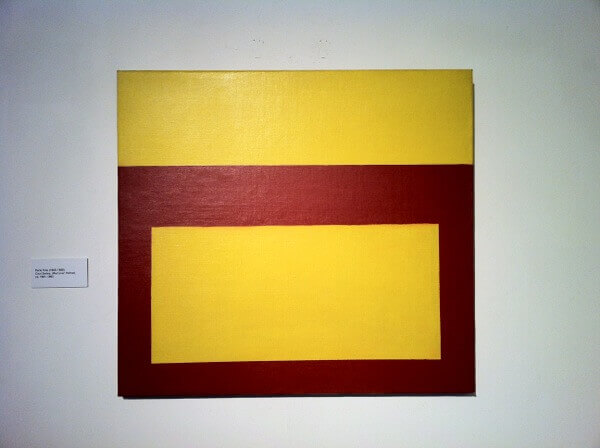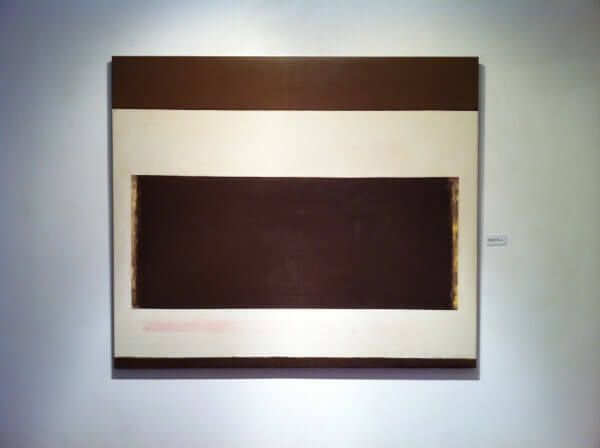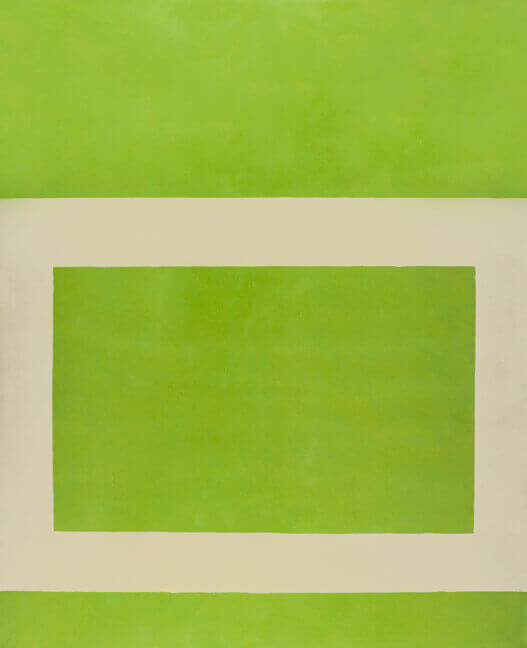Perle Fine: The Cool Series (1961-63)
Spanierman Modern, New York
November 10 – December 10, 2011
For an artist whose career success rivaled many well known New York School painters, Perle Fine (1905-1988) is surprisingly under-known. A student of Hans Hofmann, Fine was successful early, showing work at the Betty Parsons and Tanager Galleries in the 1940’s and 50’s. As early as 1942, her work began to be included in important group exhibitions at galleries such as Art of This Century and Stable Gallery. She was included in nine Whitney Annual and Bi-annual exhibitions between 1946 and 1972.
Fine’s artistic circle included the most accomplished New York School and European painters, from Willem de Kooning, Jackson Pollock, Mark Rothko, and Ad Reinhardt to Piet Mondrian. Fine was a member of The Club, consistently well reviewed in the art press, and interviewed on the radio by Irving Sandler.
Early in her career, Fine practiced gestural abstraction, however, the current show at Spanierman Modern highlights selections from her Cool Series. This remarkable group of paintings moves confidently away from gesture (the hallmark of Abstract Expressionism) toward hard-edge geometric painting. Nearly every work in the show consists of a single open rectangular form on a monochromatic ground. Painted between 1961-63, they anticipate later developments in geometric abstract painting.
Like many New York School painters, Fine sought to express an existential state through her work. She remarked, “the expression is more than merely chemical or optical – it is metaphysical. The economy of means somehow seemed necessary to secure the sensation of the expression of the existentialist in art.” 1
To achieve her vision of painting, Fine developed a new, reductive, geometric vocabulary. Having moved from Manhattan in the mid 1950’s, the natural isolation of East Hampton seems to have provided the proper intellectual setting. The interior/exterior play of the doorways and windows framing the East Hampton landscape provided Fine with convincing, if subliminal subject matter. In the resulting Cool Series paintings, the severity of Fine’s abstraction collides with an undeniable, readable interior/exterior space creating an uneasy, yet compelling tension.
As all of the Cool Series paintings share the same date range, it’s hard to pinpoint an evolution, but a great technical variety exists within the group in which freely brushed and more hard-edged works explore a similar language of forms. The hard-edged paintings, however, distinguish themselves. They are more decisive both in form and color resulting in forceful, structured, and spacious presences.
Fine was equally experimental in her investigation of color. The color in several paintings is reminiscent of Rothko and Still – dusky, dark, and brooding. But in many others Fine’s color is original, bright, and clear. When she reduces her palette to just two colors, the meeting of figure and ground colors creates light.
The history of Abstract Expressionism in New York needs constant revision, and when the definitive history is written, it will likely include Perle Fine. It is unfortunate (but exciting) that so many excellent painters, temporarily lost, remain to be rediscovered.
Notes
1 Perle Fine, Artist Statement in Klaus Jurgen-Fischer in “Neue Abstraktion,” Das Kunstwerk 18, (April-June 1965) as quoted in Perle Fine, The Cool Series, Lisa N. Peters, catalogue essay, Spanierman Modern, 2011.
